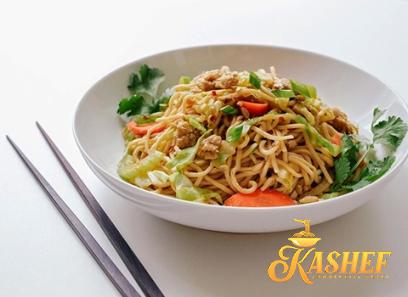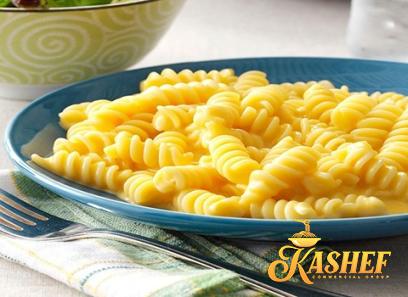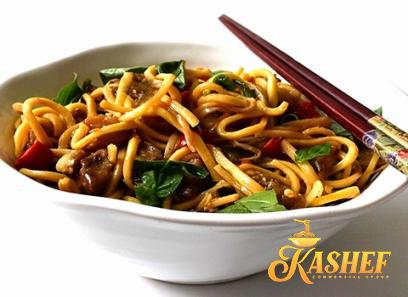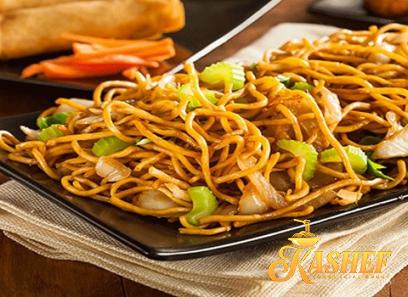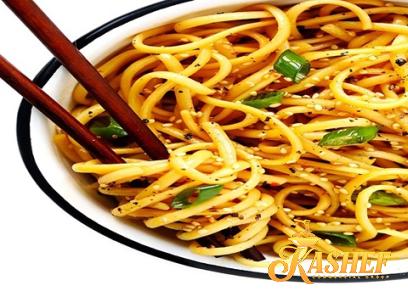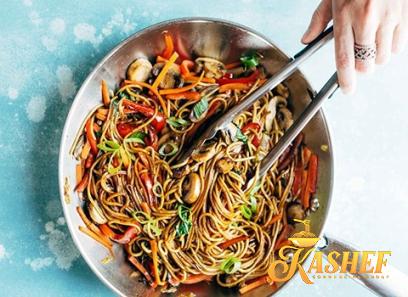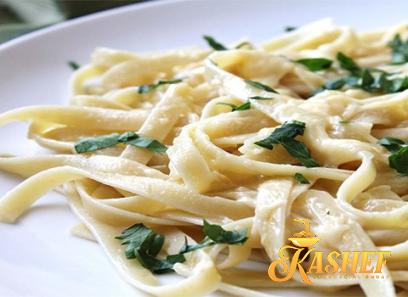making tasty tomato sauce for pasta to intensify the flavor
The secret to making the best possible tomato sauce that would intensify both flavor and the looks of your dishes is right here
This tasty sauce is perfect for a variety of dishes like pasta, meatballs, pizza, and others
But are fresh tomatoes necessary, or will canned do just as well? And what should be added to make the flavor even more delicious? Tomato sauce is one of the first things that each aspiring cook should learn to make because it can be used in virtually any way imaginable, it maintains its quality for a reasonable amount of time, and the ready-made version is exorbitantly expensive
Marcella Hazan states in her book The Essentials of Classic Italian Cooking that “there is no other preparation that is more successful in providing the tremendous satisfaction of Italian cooking than a well-performed sauce with tomatoes
” People have the misconception that good tomato are always available during the summer months in Italy
Sadly, this is not the case in the United States, although it is getting much simpler to obtain exceptionally ripe, red specimens at farmer’s markets and better stores
When possible, Hazan suggests using “fresh, natural, and fully ripened plum tomatoes
” He also notes that other varieties of tomatoes may be used “if they are equally ripe and truly fruity
” However, he notes that “it is better to use tinned imported Italian plum tomatoes” if there are no examples of tomatoes that are completely satisfactory
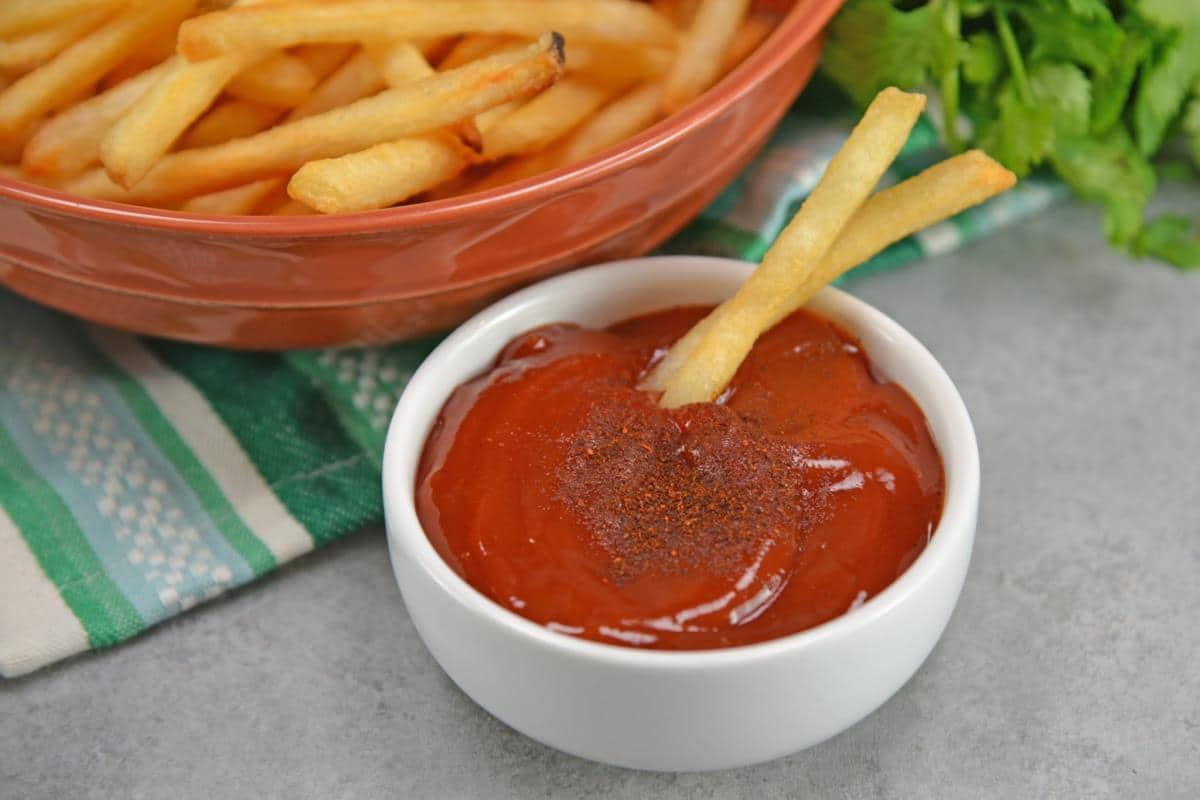
It is difficult to acquire extremely flavorsome tomatoes outside of the Mediterranean, so don’t be scared to make sauces using canned plum tomatoes instead
Angela Hartnett admits this in her book Cucina
“Don’t be afraid to make sauces using canned plum tomatoes instead
” When using fresh fruit that is lacking in flavor, Anna del Conte recommends adding tomato puree and a touch of sugar “to cut through the acidity of the tomatoes
” Hartnett does the same thing, adding tomato puree and assuring that “you’ll be astounded at the difference it makes to the finished sauce
” The sauce that Hartnett makes may not have the same crisp freshness as some of the others, but it is still incredibly fruity
However, I believe that it needs a bit more reduction to completely focus on the flavor
In place of the puree, I will be adding a touch of vinegar to recreate that illusive sharpness
Giorgio Locatelli, on the other hand, asserts that “there is no doubt that the round, ridged Cuore di Bue is the best tomato” when referring to fresh salads or sauces
He says this in one of his works
Although they are pricey, these luxury imported tomatoes have a flavor that can only be described as “extremely fresh,” and we have no choice but to admit that it is worth the price
If you can get them or any tomatoes that have a truly robust flavor, hold on to them with both hands and don’t let go; nevertheless, if they are even slightly boring, you should always choose nice canned fruit instead
Even the greatest variety won’t cost as much as “heirloom” tomatoes, which are sometimes disappointing
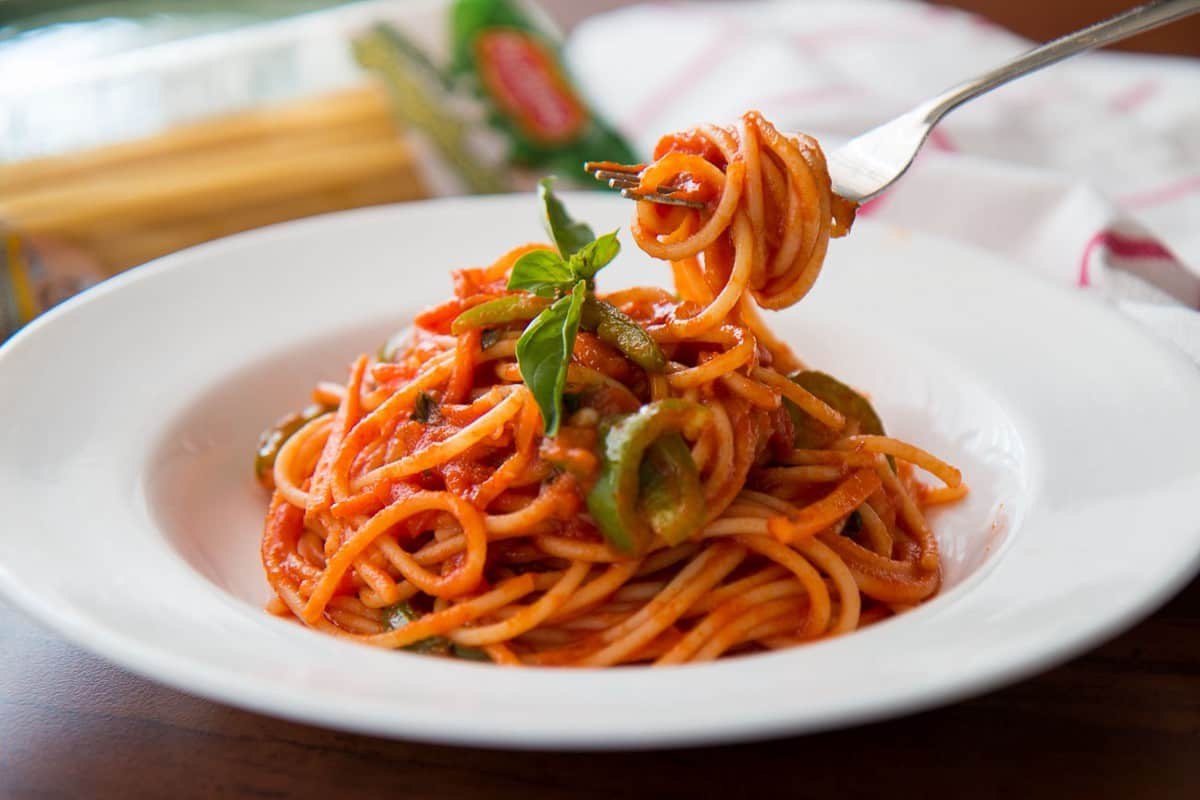
While Hazan recommends blanching and skinning the tomatoes, or cooking and sieving them before use (the latter for a silkier sauce), Del Conte sieves the sauce after it has been cooked
Hazan recommends blanching and skinning the tomatoes
The sieving process creates an incredibly smooth sauce, almost like soup; nevertheless, it results in a significant amount of waste because all of the other veggies are discarded
In any event, I like my food to have more of a chunky consistency, so blanching seems like the best option
Those pesky onions: Rose Gray and Ruth Rogers, authors of the River Cafe Classic Italian Cookbook, believe that the onion is an essential component of the traditional tomato sauce known as Sugo di Pomodoro
However, while the majority of recipes call for a standard yellow onion, the authors recommend using a red onion that has been sliced very thinly and cooked until it has a meltingly sweet flavor before adding the tomatoes
While Del Conte and Hazan simmer all of the ingredients together, Hartnett first lets her onions become more tender before adding the rest of the ingredients
They are never utilized by Locatelli in any way
Although adding onion helps to counteract the naturally acidic flavor of the tomatoes, there is no way that you require as much of it as Gray and Rogers recommend
Yellow sauces, in my opinion, are the best choice for a multipurpose sauce
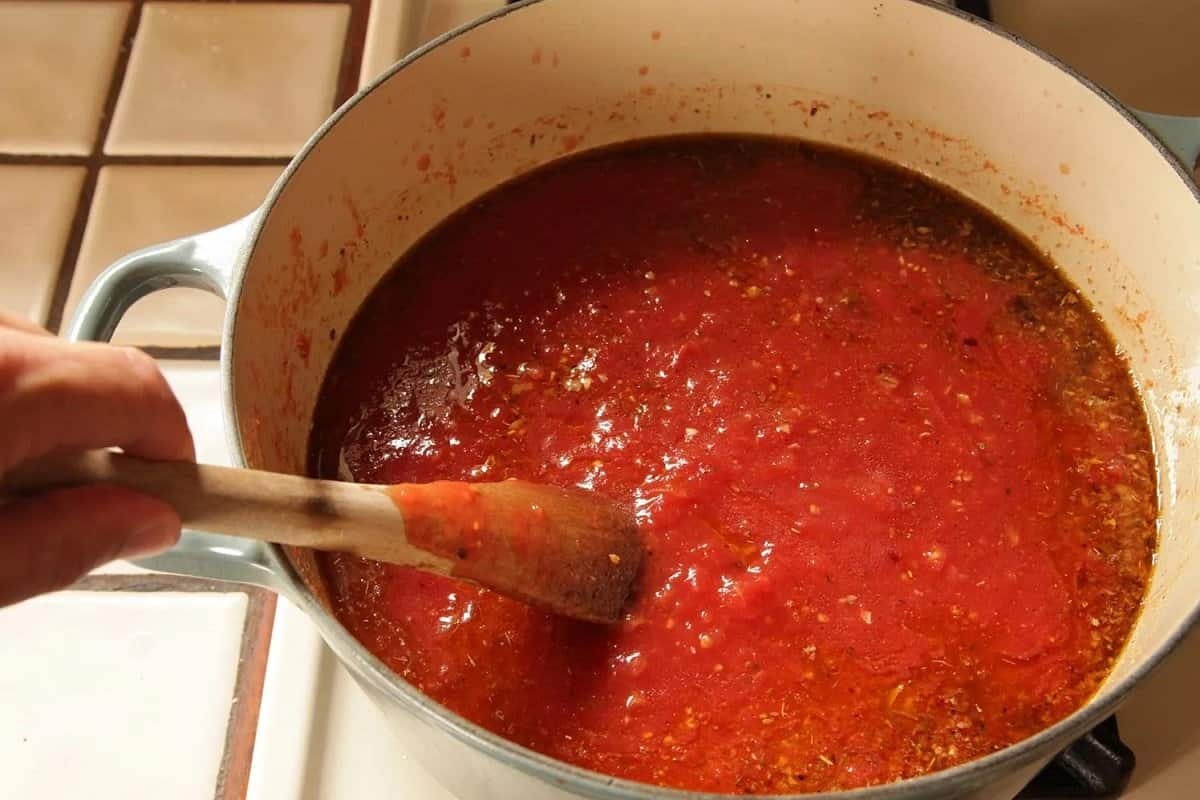
Garlic is used in the sauces created by Hartnett, Gray and Rogers, and Del Conte
This should put to rest, once and for all, the myth that Italian cooks never use garlic with tomatoes; in fact, a little garlic is never a bad thing when it comes to tomatoes
Aromatic plants and culinary herbs: An unexpectedly diverse selection is provided here: rosemary, basil from Locatelli, Gray, and Rogers, plus Del Conte parsley, sage, and thyme are all utilized by Hartnett
Basil seems to be the best fit with the other ingredients, and when added to the sauce while it cooks like in Locatelli’s recipe, it performs an excellent job of infusing flavor
The rosemary has its supporters, however, I find it to be too powerful
Del Conte also simmers celery and carrot in the sauce, as if making a savory, meaty ragu
According to some sources, this is a typical style of cooking in northern Italy
However, since I want my straightforward tomato sauce to focus primarily on the flavor of tomatoes, I’m going to omit these ingredients
Fat: While Hartnett, Locatelli, Rogers, and Gray stick with the more obvious olive oil, Hazan includes a sizeable knob of butter in her sauce
On the other hand, Del Conte only permits a small amount of butter or oil to be added when the sauce is reheated to be used with pasta
Cooking time: As Del Conte explains, “to make a good tomato sauce, you can either cook the tomatoes for a very short time or let them bubble for at least 40 minutes
” This is because tomatoes don’t start releasing their acid juices until after about 10 minutes of cooking, and it takes at least half an hour of simmering for these juices to evaporate
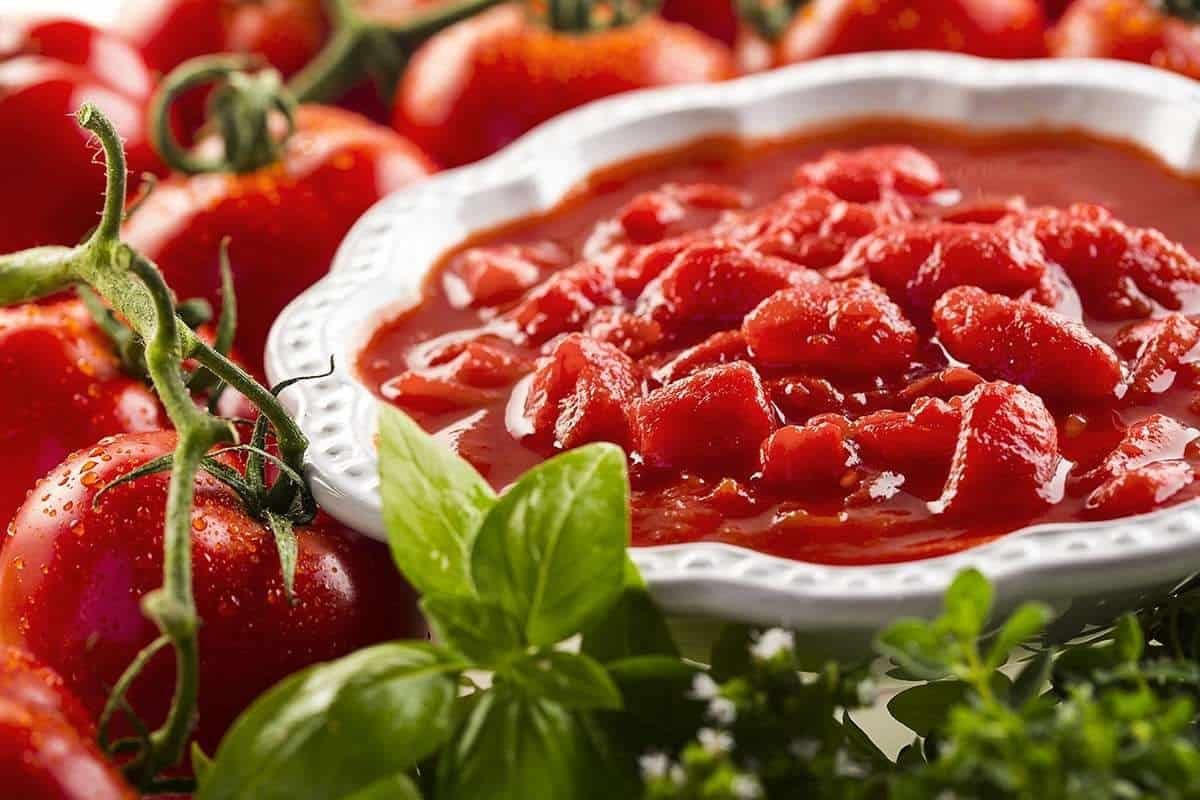
Therefore, if one has very, really fine tomatoes, they just need to see the slightest amount of heat
However, if you can obtain fruit that is that good in this country, you should just enjoy it in its natural state
In any event, this explains why all of the recipes call for a long, slow simmer of between 45 and 50 minutes: and indeed, Hartnett’s could do with a little more reduction for my taste
Gray and Rogers’ offering, though they also use tinned fruit, is included in this need
Del Conte recommends adding a little bit of vegetable stock or hot water to the pot if it seems like it is about to boil dry, but I don’t think that will be necessary
It is interesting to note that Locatelli instructs you to simmer the tomatoes in a covered pot, although Hazan expressly warns against such a move in his literature, stating, “Never cook a sauce in a covered pan: it will emerge with a bland, steamed, weakly formulated flavor
” Although Locatelli’s sauce is tasty, it does not have the body or richness of some of the others, which is something I’m inclined to agree with
If you are going to consume the sauce immediately, then go ahead and lavishly anoint your pasta
If you are not going to consume the sauce immediately, then pour it into sterile containers and either refrigerate it or freeze it until you are ready to use it
And with tomato sauce, I wouldn’t expect that to last very long at all
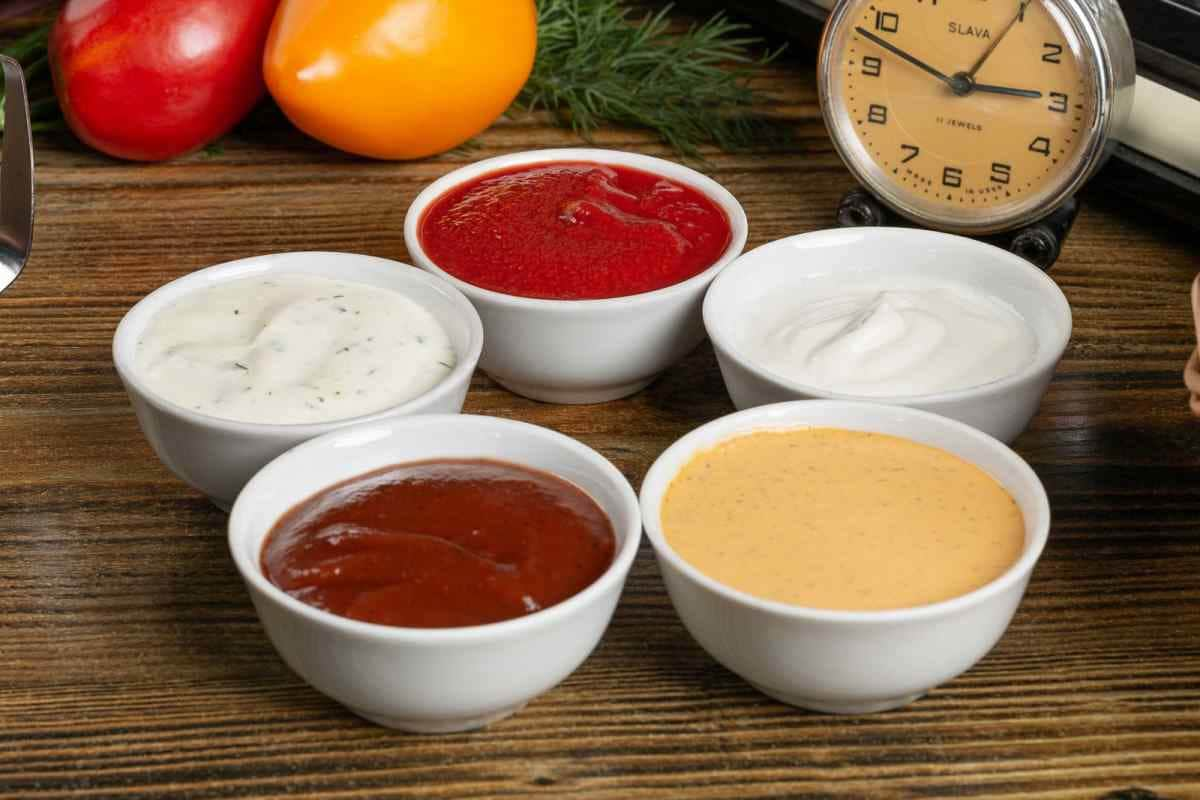
Ingredients:
800g of ripe fresh fruit or excellent, canned plum tomatoes
2/TBS of olive oil
1 small onion, diced finely
2 smashed garlic cloves
1 teaspoon sugar
Red wine vinegar in a pinch
3 fresh basil leaves
Extra virgin olive oil, please (optional)
Instruction:
If using fresh tomatoes, plunge them into a pot of boiling water and wait until the skins split, for about a minute
Peel, then lift out and roughly chop
Heat the oil in a medium saucepan over medium-low heat and add the chopped onion
Five to seven minutes should pass before the substance becomes translucent but not colored
Add the garlic, stir, and simmer for an additional two minutes
Add the tomatoes and, if required, break them up with a wooden spoon
Next, add the sugar, vinegar, and basil stems, reserving the leaves
Season gently
Stirring regularly, bring to a simmer, then reduce heat and simmer for 45 minutes or until thick
Before serving, check the seasoning, add the roughly torn basil leaves, and if desired, pour in a little extra virgin olive oil
